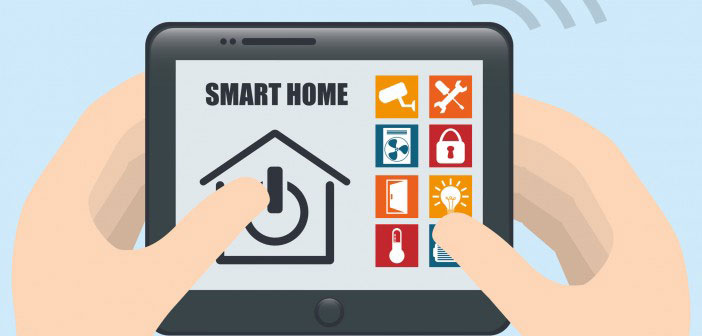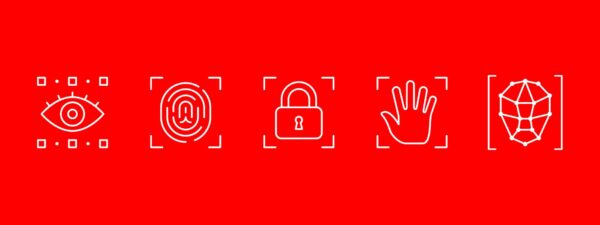Nokia launched Tuesday a new Smart Home solution that lets network operators offer new services to residential customers seeking a digital home solution for the Internet of Things. The solution supports an array of sensors, plugs and other connected devices essential for the delivery of home security, automation and smart metering services, providing customers with a fully integrated, simple, plug-and-play experience.
To help streamline and simplify installation in the home, the Nokia Smart Home solution provides network operators with three key elements. The first element is a single device that acts as an Optical Network Terminal (ONT), residential and smart home gateway. The second is a mobile application (on IOS and Android) to control the home. Finally, an end-to-end IoT management platform controlling the Smart Home ecosystem, with some predefined use cases and management of all smart devices in the home.
Set to be available to all network operators by the end of thsi year, the smart home gateway provides a fully integrated, simple to deploy solution to other over the top (OTT) technologies and can help network operators capture a piece of the growing smart home market, which is forecast to grow 24 percent to $39 billion between 2015 and 2020.
This also also adds to Nokia’s IoT portfolio which, over the last six months has grown to include more network infrastructure including; IoT services, specialized vertical solutions; IoT devices ; IoT Community; along with the recently announced IoT platform and gateway.
With the number of IoT connected devices expected to grow from 1.6 billion in 2014 to between 20 and 46 billion by 2020, network operators are seeking new ways to help subscribers leverage the Internet of Things in all aspects of their lives. Providing operators with a single box solution, Nokia’s smart home gateway lets subscribers easily monitor and control everything inside the home with a smartphone or a tablet, including temperature and motion sensors, door and window sensors, smoke detectors, light switches and security cameras.
“The broad Smart Home market is still fairly young. As a leading IoT segment there is clear potential for rapid growth and with that new revenue opportunities for network operators,” said Jonathan Collins, Research Director for Smart Home at ABI Research. “However, critical to growth will be providing interoperability between myriad devices. Increasingly operators must ensure that the residential smart home device they deploy can support multiple protocols in a single device, including Wi-Fi, ZigBee and Z-Wave.”
“With the rapid growth of IoT and increasing number of smart devices in the home, residential customers are seeking a single solution that is simple to install and easy to manage,” said Federico Guillén, Nokia’s president of fixed networks. “In a very fragmented market, network operators have a unique opportunity to stand out from other OTT players and position themselves as the smart home providers of the future. The Nokia Smart Home solution offers operators the chance to get ahead of the IoT trend and provide customers with a simple plug-and-play solution that is fully interoperable with the leading Wi-Fi technologies and standards needed to manage smart devices and applications. It will also help operators provide new smart home security and automation services that can generate additional revenue opportunities and further enhance customer loyalty.”
Nokia also announced Tuesday that it is extending its device management position into the IoT segment with the launch of the Intelligent Management Platform for All Connected Things (IMPACT), which gives operators, enterprises and governments a secure platform on which to scale new IoT services. IMPACT handles data collection, event processing, device management, data contextualization, data analytics, end-to-end security and applications enablement for any device, any protocol and across any application.
The new platform, which reflects Nokia’s increasing focus on the IoT market, includes Nokia’s Motive Connected Device Platform, a converged device management platform. It provides lifecycle management for more than 80,000 models of broadband, home and IoT devices. The latest edition integrates all Nokia mobile and IoT device management software.
Being cloud-based, customers can add on-demand server capacity to support massive numbers of connected devices. Scaling capacity is also enhanced by the platform’s internal architecture, built from the ground up for extreme scale, security and reliability. IoT security is under-addressed by the market. As IoT data increases, the more security matters.
IMPACT has factored in the increasing security requirements including network, cloud and end-point security. It also implements the latest Lightweight M2M (LWM2M) security model for IoT device management and is backed by Nokia’s extensive security portfolio, which is essential as users can’t trust data from an unmanaged source.
Along with supporting 80,000 device models, Motive CDP can detect new device formats that come on the market. It is flexible enough to support multiple deployment and business models including private, public cloud, private cloud, SaaS and transactional. This provides a lower entry cost and ability to scale both up and down. Furthermore, MotiveSmart certifies how the device and service are used together on an operator’s mobile network.
Nokia’s services expertise encompasses both devices and networks, allowing issues to be pinpointed back to either the device or the network for comprehensive root cause analysis.




